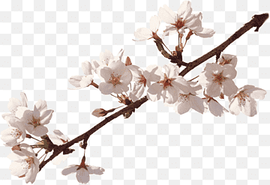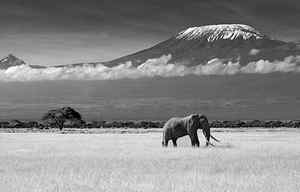Put the enlarged reference printout on the glass pane, turn on the light source inside the lightbox, and start tracing the outlines.
How to Project Image onto the Canvas Without Projector?
It is quite convenient to project an image using a projector, however, not every artist has the luxury to afford one.
Especially when drawing on large canvases, the painter wants to paint every detail which is possible through image enlargement with a projector.
Fortunately, an artist can easily enlarge a picture for viewing or creation without spending big bucks on an art projector.
How to Project Image onto the Canvas Without Projector?
Projectors can be a huge investment for many budding artists. Luckily, it is possible to project reference photos on the canvas without a projector.
Tracing seems easier without the need for an overly expensive investment with the following manual and digital methods.
Lightbox
It is an illuminated box with a light source inside and a glass pane on top. It can be a bit too small for tracing images on canvas, print a copy of the desired drawing for tracing.
Put the enlarged reference printout on the glass pane, turn on the light source inside the lightbox, and start tracing the outlines.
Replicate the drawing on canvas and paint it according to the reference photo. The image is successfully transferred onto another surface allowing the painter to redraw multiple times and refine his skills.
DIY Projector
Yes, you read it right! If you can not afford a projector right now, make a projector yourself. DIY projector can be easily crafted with simple items readily available in most houses. Learn Project Mobile Screen on the Wall Without a Projector?
All it requires is a phone, magnifying glass, cardboard, mirror, matte black paper, a pair of scissors, and tape or glue.
Create your own DIY projector using a phone or flashlight as key accessories. There is a window in the cardboard, usually cut on the larger side.
Put the reference printout in the window, use a flashlight or the phone torch, place it at the back of the image, a fairly magnified or enlarged image will be projected on the canvas or wall.
Grids
Though gridding is entirely manual and a time-consuming process, small grids make it easy to copy reference pictures onto the canvas.
Take a canvas of a similar ratio as the reference photo and draw grids of one-inch squares.
Once the grids are completed, fill up each square of the canvas grid in accordance with the reference picture.
Transfer Paper
Nearly all painters have used transfer papers to copy and trace drawings. It is the easiest method to copy a picture, print out the desired picture equivalent to the size of the canvas.
Tape the transfer paper with the graphite side facing downwards and trace the drawing.
- Charcoal – Create a DIY transfer paper using charcoal and use it exactly like the aforementioned method to get the job done.
- Window – Use daylight or sunlight to trace images onto the canvas, get a cheaper, thinner canvas paper letting more sunlight pass, and make tracing easier.
Conclusion
Though the desired tracing results can only be achieved with real projectors, these aforementioned methods can somewhat help you with your training and drawings.
Read also: Cinemark Vs AMC
Projecting an Image onto Canvas, Especially for Portraits
There are very few artists who don’t use a projector to trace out an initial sketch of a portrait onto canvas.

If you want an accurate projection of any size from a small canvas to a wall, don’t just buy a projector, buy one that:
- Is a digital projector specifically for art purposes (it will last a lifetime)
- Has keystone projection
The keystone projection allows for the perfect centring of an image.
If the projected image isn’t in the centre of the screen or the canvas is at an angle, keystone allows you to adjust the picture so that it will not be distorted.
Measure along the horizontal of the image projected on the canvas.
X needs to be equal to Y, otherwise adjust the digital projector.

Measure along the vertical of the image projected on the canvas.
W needs to be equal to Z, otherwise adjust the digital projector.

When the projection is square and you have dimmed the lights a bit you can now begin to trace out the image as much as you require.
Digital keystone correction is done by moving a dial on the edge of the digital projector (or more modern ones have a remote control) to make sure your projection is square.
If you have the following problems:
Needs horizontal keystone correction.

Needs vertical keystone correction.

This is what you want.

You can check the image you have projected with a tape measure or long ruler.
Once the image is correct you can begin to mark out the image.
Use a very light touch on your pencil lines, which makes it easy to cover them with paint or erase them if necessary.

Note: You can use a piece of card and black out the light from the projector to see if the tracing is detailed enough.

The final result will give you a correctly proportioned starting point for a portrait.




